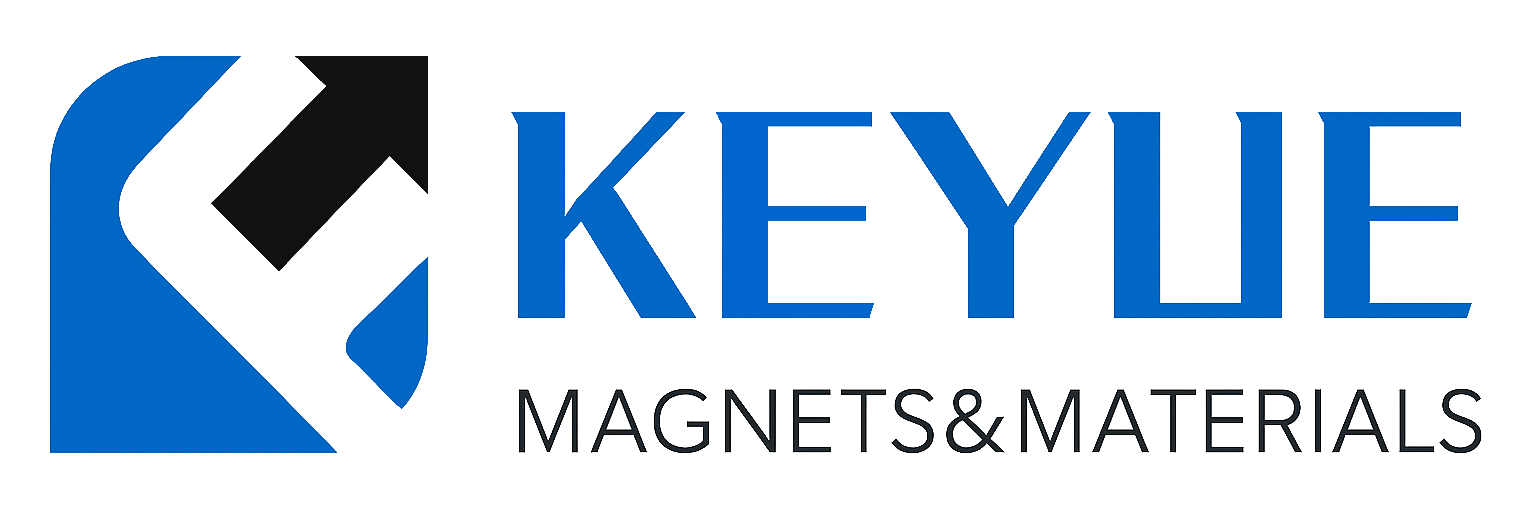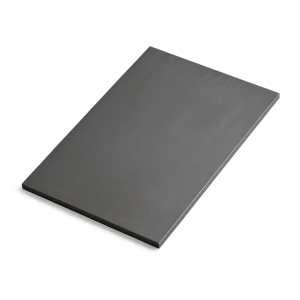描述
铜板(Copper Plate, Cu Plate)
产品简介
铜板(Cu Plate)是一种由高纯铜(Purity ≥ 99.9%)制成的金属板材,具有优异的导电性、导热性、延展性和抗腐蚀性能。
作为电子、真空、化工及能源领域的关键基础材料,铜板在电气工程、散热系统、真空装置及薄膜沉积背板中发挥着重要作用。
产品详情
苏州科跃材料科技有限公司生产的高纯铜板采用真空熔炼—热轧—退火—精抛光工艺制造,表面平整光滑、晶粒致密均匀。
产品符合 ASTM B152 / GB/T 5231 / ISO 9001 标准,可提供 OFHC(无氧铜)、ETP(电解铜)与高纯科研级铜 等不同版本。
典型规格:
-
纯度等级:99.9%、99.99%、99.999%
-
厚度范围:0.2 – 50 mm
-
宽度范围:≤ 1000 mm
-
制造工艺:真空熔炼 + 热轧 + 真空退火 + 抛光
-
表面状态:红铜色 / 光亮抛光 / 无氧化层
性能特点
-
极高导电率:电导率达5.96 × 10⁷ S/m,是所有工业金属中最高之一。
-
优良导热性能:导热率高达401 W/m·K,适用于散热与热传导部件。
-
优异加工性能:延展性好,可冷轧、冲压、折弯与焊接。
-
良好耐蚀性:在大气、淡水与非氧化性酸中稳定。
-
真空兼容性强:在真空环境中具有低放气率与高热稳定性。
应用领域
-
电子与电气工程:导电板、汇流排、电极与接触片。
-
真空设备:用于溅射靶背板、真空腔体法兰、热沉。
-
半导体与薄膜沉积:用于靶材结合、导电层与散热支撑。
-
能源系统:太阳能电池板、电池极板与热能转换模块。
-
化工防腐设备:用于换热器、反应釜衬板。
技术参数
| 参数 | 典型值 / 范围 | 说明 |
|---|---|---|
| 纯度 | 99.9–99.999% | 高纯度导电金属 |
| 密度 | 8.96 g/cm³ | 致密结构 |
| 熔点 | 1084.6 °C | 稳定高温性能 |
| 电导率 | 5.96 × 10⁷ S/m | 极高导电率 |
| 热导率 | 401 W/m·K | 优异导热性能 |
| 抗拉强度 | 210–260 MPa | 良好机械性能 |
| 延伸率 | 30–40% | 优秀塑性 |
| 硬度 | HV 45–85 | 可根据状态调节 |
| 磁性 | 无 | 非磁性材料 |
常见问题(FAQ)
| 问题 | 答案 |
|---|---|
| 铜板导电性能如何? | 电导率极高,适用于高精度电子系统。 |
| 是否可用于真空环境? | 可用于真空设备及溅射背板。 |
| 是否易氧化? | 无氧铜表面稳定,不易氧化。 |
| 是否可焊接? | 适合钎焊、激光焊、真空扩散焊。 |
| 是否可作为散热材料? | 可,导热性能极佳。 |
| 是否附检测报告? | 提供纯度、化学成分与性能报告。 |
| 是否可定制尺寸? | 支持厚度、宽度及形状定制。 |
| 是否符合RoHS/REACH? | 符合国际环保标准。 |
| 是否适合科研使用? | 提供电子级与科研级版本。 |
| 是否可与靶材结合? | 可作为溅射靶材铜背板使用。 |
包装与交付
所有铜板出厂前均经检测,确保表面洁净与尺寸精度。
采用真空密封、防潮、防氧化包装,外层使用出口级木箱。
附带 COC、RoHS/REACH 文件及检测报告。

.png)


-300x300.png)
评价
目前还没有评价